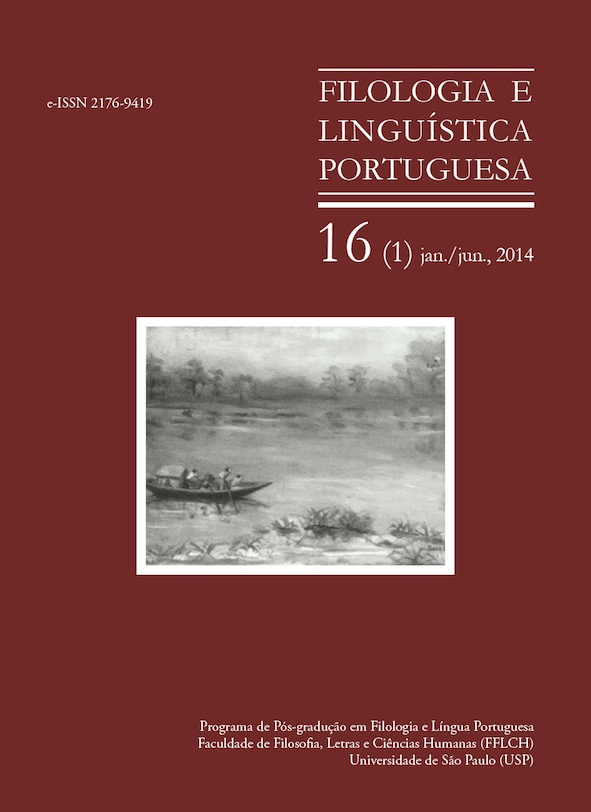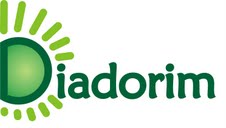Direct discourse and hyposegmentation in children’s writing
DOI:
https://doi.org/10.11606/issn.2176-9419.v16i1p233-259Keywords:
Writing acquisition, Orthography, Hyposegmentation, Direct discourse.Abstract
This paper aims at discussing two main objectives from a research study. On the one hand, it intends to investigate if the presence of direct discourse in children’s textual productions would influence the occurrence of hyposegmentation – segmentation which is beyond those provided by orthographic conventions, such as “abruxa” ("thewitch"). On the other hand, this work also questions the quality of those hyposegmentations, as an attempt to explore the possible differences among hyposegmentations, considering the enunciative position where they come from. These enunciative positions can be: direct discourse (DD) and other contexts (OC). The corpus of this research is made up of 65 narratives written by 65 second graders of Elementary School. The analysis of the hyposegmentations identified in this corpus allowed us to notice that the enunciative position where children place themselves to narrate/write (DD and OC) has a significant role in the occurrence of hyposegmentations in children’s writing. In some cases, this enunciative position determines the kind of hyposegmentation which may or may not emerge. Based on the results− and considering that hyposegmentations represent clues of the paths followed by children in order to understand what “word” is, as it is defined by orthographic conventions−, we could predict that the way children are affected by what they understand as word is also influenced by the enunciative position children assume when they narrate/writeDownloads
Download data is not yet available.
Downloads
Published
2014-07-01
Issue
Section
Papers
License
Copyright is transferred to the journal for the online publication, with free access, and for the printing in paper documents. Copyright may be preserved for authors who wish to republish their work in collections.
How to Cite
Direct discourse and hyposegmentation in children’s writing. (2014). Filologia E Linguística Portuguesa, 16(1), 233-259. https://doi.org/10.11606/issn.2176-9419.v16i1p233-259



















